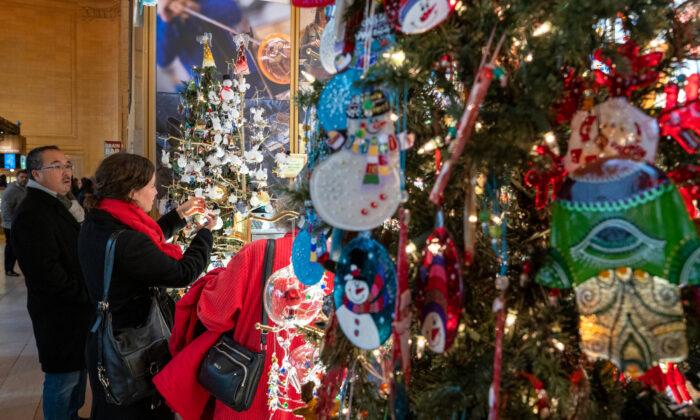Holiday retail sales were up in 2022 during the most critical sales season of the year.
The survey excludes the automotive industry and is not adjusted for inflation, which has been a drag on consumer spending all year.
“This holiday retail season looked different than years past,” said Steve Sadove, senior advisor for Mastercard and former CEO and chairman of Saks Inc.
“Retailers discounted heavily, but consumers diversified their holiday spending to accommodate rising prices and an appetite for experiences and festive gatherings post-pandemic.”
The 7.6 percent increase in Christmas season spending was lower than the 8.5 percent in 2021, but it still was above than MasterCard’s expected 7.1 percent rate.
The report said that many Americans chose to eat out during the holidays, with restaurant spending up 15.1 percent over the same period in 2021.
Mastercard said that after-work gatherings with colleagues and meals with friends and family brought more diners out for the holidays.
Clothing expenditures rose 4.4 percent, while electronic and jewelry purchases fell 5.3 and 5.4 percent, respectively.
Holiday Sales Increase, but at a Slower Pace From 2021
The credit card company said that the economy is continuing to experience strong growth “as consumers prioritize convenience and availability of discounts.” Many consumers took advantage of discounts and a heavily promotional environment by retailers this season.The growth would represent a total of between “$942.6 billion and $960.4 billion in sales, on top of last year’s record-breaking 13.5 percent growth to $889.3 billion.”
“The overall outlook is generally positive as consumer fundamentals continue to support economic activity,” said NRF’s chief economist Jack Kleinhenz in a statement last month.
Inflation Affecting American Consumers, Increasingly Looking for Discounts
Meanwhile, inflation hit 7.1 percent last month, an improvement from the historical high of 9.1 percent back in June, but still three times higher than the pre-pandemic average.“Inflation altered the way U.S. consumers approached their holiday shopping—from hunting for the best deals to making trade-offs that stretched gift-giving budgets,” said Michelle Meyer, North America chief economist for the Mastercard Economics Institute.
“Consumers and retailers navigated the season well, displaying resilience amid increasing economic pressures.”
Meanwhile, the Federal Reserve has been massively boosting interest rates to slow inflation this year, but recently slowed down the rate of increases at its last meeting on Dec. 13–14.
“Despite some promising developments, we have a long way to go in restoring price stability,” said Fed Chairman Jerome Powell, last month.





